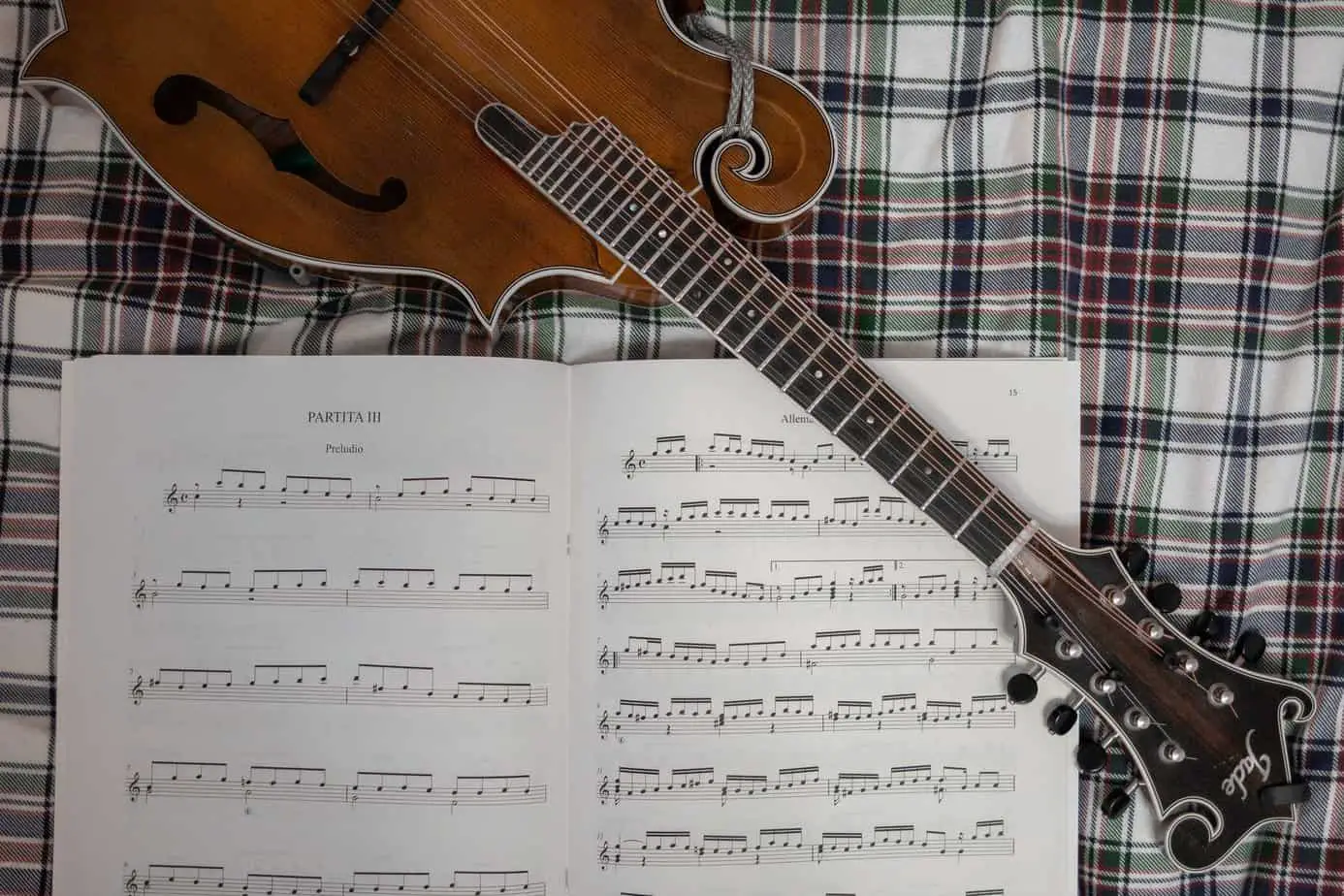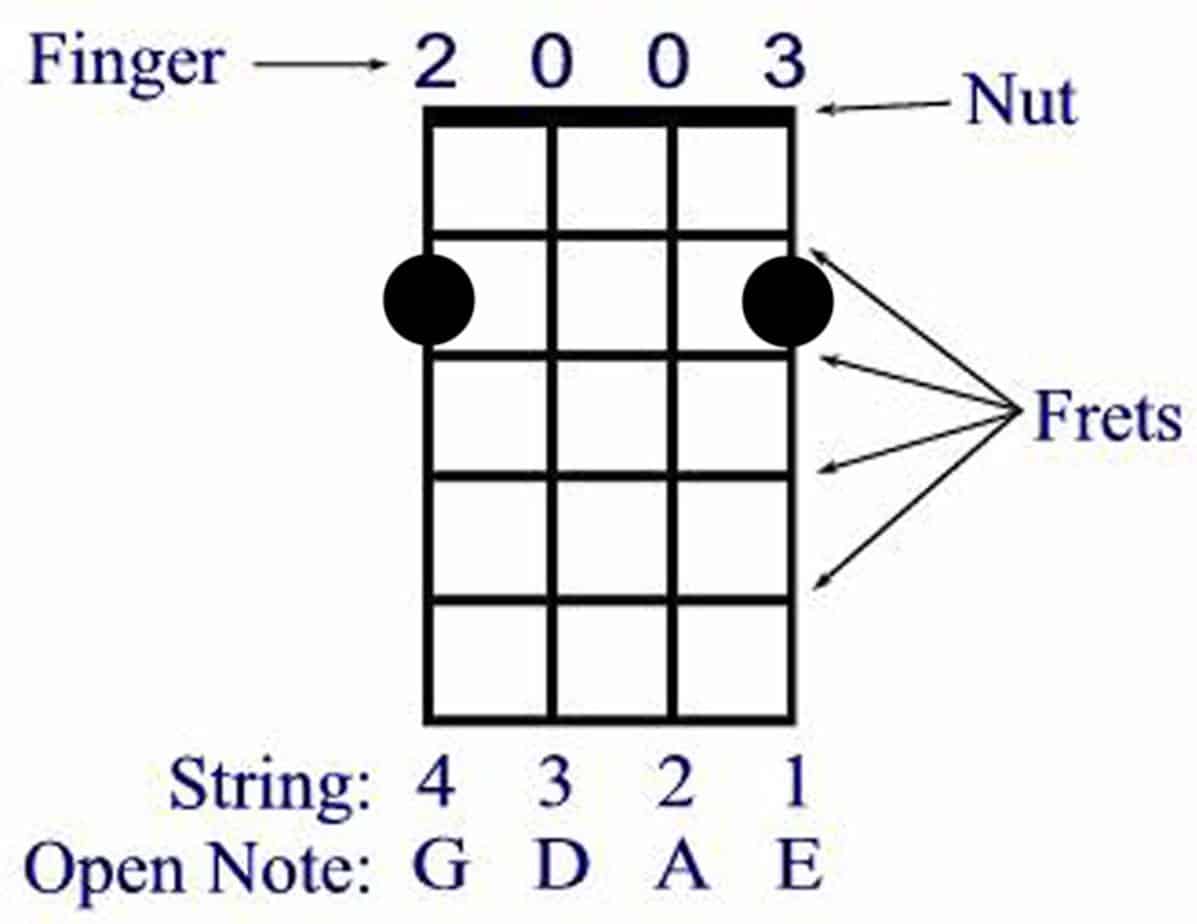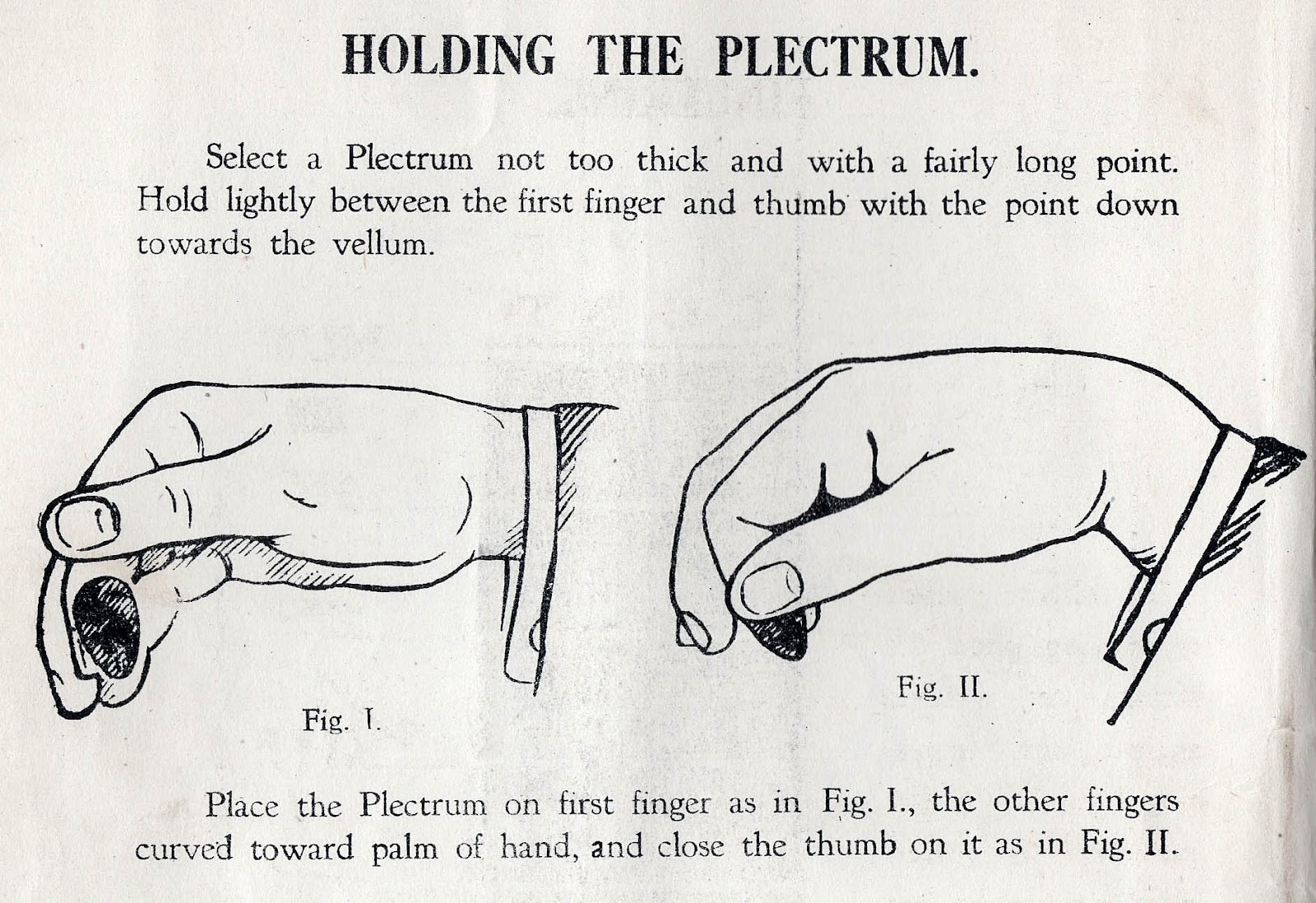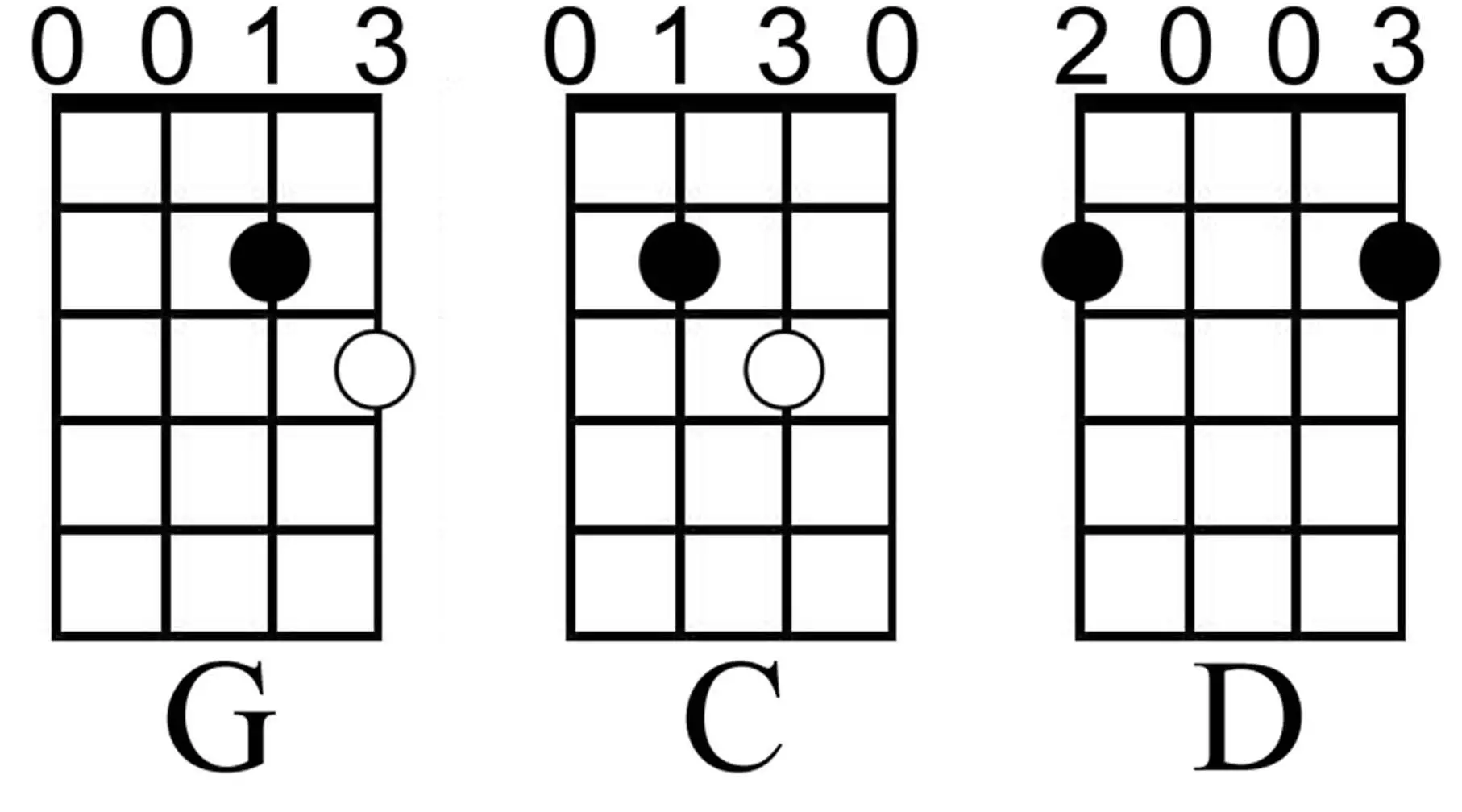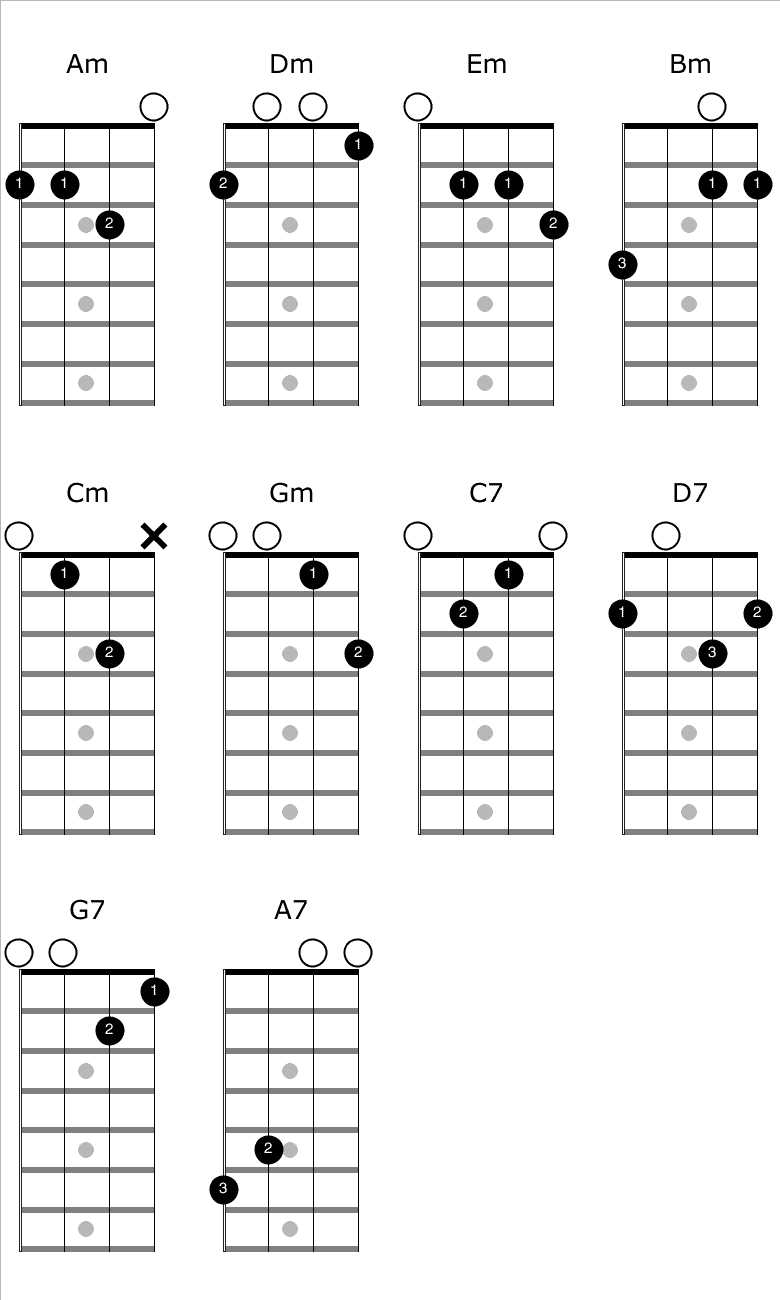As a beginner, learning how to play the mandolin can seem daunting. It is, after all, a stringed instrument with a unique sound and style of playing. But with the proper guidance and instruction, learning how to play the mandolin for beginners is easier than you think! This step-by-step guide will provide the necessary information and techniques to get you started playing the mandolin in no time. From buying the right mandolin to learning how to read music and fret chords, this guide will provide a comprehensive overview of how to play the mandolin for beginners. With practice and dedication, you’ll be playing the mandolin like a professional in no time!
Materials Needed
- Mandolin
- Tuner
- Mandolin Strings
- Picks
- Metronome
- Music Stand
- Sheet Music or Tablature
Tuning the Mandolin
Mandolins have four sets of strings tuned in fifths. The strings are tuned to G3, D4, A4 and E5. To tune the mandolin, you will need a tuner. Start with the G string, which is the lowest string on the mandolin. Pluck the string and turn the tuning peg until the tuner indicates that the string is in tune. Once the G string is in tune, move on to the D string. Pluck the D string and turn the tuning peg until the tuner indicates that the string is in tune. Then move to the A string, followed by the E string. When all four strings are in tune, the mandolin is ready to play.
How to Hold the Mandolin
The most common way to hold the mandolin is with the neck of the instrument resting in the left hand, with the left thumb on the back of the neck. The left hand should be in a relaxed position, with the fingers able to lightly press down on the strings. The right hand should be positioned over the strings, with the right thumb resting on the back of the neck. The right-hand fingers should lightly press down on the strings, with the index finger on the first string, the middle finger on the second string, and the ring finger on the third string. The little finger can be used to mute strings when needed. Make sure the instrument is in a comfortable position with the right-hand fingers curved and the left-hand fingers slightly bent.
Reading Chord Charts
- Familiarize yourself with the different chord shapes on the fretboard.
- Learn the names of the different notes of the mandolin fretboard and how to play them.
- Learn how to read a chord chart, including understanding the diagram of the chord shape, the chord name, and the fret number.
- Study the chords that are used in a particular song or genre of music.
- Practice playing the chords in different positions on the fretboard.
- Use a metronome to practice switching between chords at a steady tempo.
Understanding Basic Chords
- Familiarize yourself with the strings of the mandolin. The four strings are usually tuned G, D, A and E.
- Learn the names of the chords. Major chords are named after the root note, such as A, B, C and so on. Minor chords are named after the root note and the letter “m” (A-minor, B-minor, C-minor, etc.).
- Start with the A-major chord. Place your index finger on the 5th fret of the G-string, your middle finger on the 7th fret of the D-string and your ring finger on the 7th fret of the A-string. Strum the strings from the G-string to the E-string.
- Play the A-minor chord. Place your index finger on the 5th fret of the G-string, your middle finger on the 6th fret of the D-string and your ring finger on the 7th fret of the A-string. Strum the strings from the G-string to the E-string.
- Practice other chords. Try the C-major and C-minor chords and the G-major and G-minor chords.
- Play simple chord progressions. For example, play a G-major chord followed by a C-major chord and then an A-minor chord. Repeat the pattern.
- Experiment with different chord progressions. Try playing a G-major chord followed by an A-minor chord, then a D-major chord and then an E-minor chord. Keep experimenting to find different combinations.
Strumming and Fingerpicking
| Strumming | Fingerpicking |
|---|---|
| Playing chords by strumming the mandolin with a pick. | Plucking individual strings with the index and middle fingers. |
| Strings are strummed in an up-down motion. | String are plucked in an up-down motion. |
| A basic strumming pattern consists of an upstroke followed by two downstrokes. | A basic fingerpicking pattern consists of alternating between the index and middle fingers. |
| Strumming chord progressions helps to create different sounds. | Fingerpicking melodies helps to create different sounds. |
| Strumming helps to create a rhythm. | Fingerpicking helps to create a melody. |
Strumming and fingerpicking are the two main techniques used to play the mandolin. Strumming is the technique of playing chords by strumming the mandolin with a pick while fingerpicking is the technique of plucking individual strings with the index and middle fingers. Strumming is done in an up-down motion and a basic strumming pattern consists of an upstroke followed by two downstrokes. This helps to create different sounds and a rhythm. Fingerpicking is done in an up-down motion and a basic fingerpicking pattern consists of alternating between the index and middle fingers. This helps to create different sounds and a melody. Together, both techniques help to create a unique sound and style when playing the mandolin.
Developing Basic Mandolin Techniques
| Techniques | Description |
|---|---|
| Right Hand Technique | Involves developing a “plucking” motion with the right hand, using the thumb and first two fingers. This should be practiced with a metronome to establish timing and accuracy. |
| Left Hand Technique | Involves learning the fingerboard, understanding fingerboard positions and developing the ability to move around quickly and accurately. Practice scales and arpeggios to develop this skill. |
| Rhythm and Picking | Rhythm is the backbone of any musical performance. Establishing an understanding of time signatures, note values and meter is essential. Picking involves understanding the relationship between the left and right hand and being able to execute complex patterns. |
| Chord Shapes | Learning chord shapes and chord progressions is essential for any musician. Practice chords in various positions on the fingerboard and understand the notes and chord qualities associated with them. |
These techniques are the foundation of mandolin playing. Once they have been mastered, more advanced techniques such as tremolo and rolls can be developed. Practicing with a metronome and studying recordings of other musicians is a great way to improve technique and develop musicality.
Playing Songs
- Learn the basics of the mandolin, such as tuning, proper hand placement, picking technique, and basic chord shapes.
- Practice the basics and learn a few simple songs.
- Learn the melody and chord progressions for the songs.
- Play the melody line on the mandolin along with the chords.
- Develop a strumming or picking pattern for the song.
- Vary the strumming or picking pattern to add interest to the song.
- Play the song with a metronome to ensure accuracy.
- Transpose the songs to different keys to practice different fingerings.
- Play the song at different tempos to increase speed and accuracy.
Frequently Asked Questions
What type of mandolin should I get as a beginner?
For beginner mandolin players, a A-style mandolin is the most accessible and affordable choice. It is small and lightweight, making it easy to hold and play. It has a bright, crisp sound and is perfect for learning the basics of mandolin playing. Other mandolin shapes, such as F-style and bowlback mandolins, are more expensive and require more advanced playing techniques.
How long will it take me to learn to play the mandolin?
The amount of time it takes to learn the mandolin varies depending on the individual and the amount of practice and dedication they put into the instrument. Generally, it can take anywhere from several weeks to several months to learn the basics and start playing simple tunes. With regular practice, more complex pieces can be learned in a few months or up to a year. Advanced players may spend several years perfecting their skills.
What techniques should I practice to improve my mandolin playing?
Practicing scales and arpeggios is essential for building mandolin technique. Start with simple scales and progress to more complicated ones. Also practice tremolo picking, hammer-ons and pull-offs, string bending, vibrato, and slides. Working on timing and rhythm is also important for improving technique and playing with other musicians. Finally, make sure to practice with a metronome and record yourself to track your progress.
What are some helpful tips for learning how to play the mandolin?
Start by learning the basics, such as chords, scales, and fingerpicking. Practice regularly, using different songs and pieces of music to challenge yourself. Use a metronome to keep time and develop a sense of rhythm. Listen to recordings of mandolin players and imitate their technique. Learn music theory to help understand the music you’re playing. Join a mandolin club or take lessons to improve your skills. Finally, find a good teacher to help you develop your playing.
What are some common mistakes beginners make when learning to play the mandolin?
Not practicing enough, focusing on learning too many chords too soon, neglecting to learn proper technique, not utilizing online resources, not learning to read music, and not taking regular breaks are some of the most common mistakes that beginners make when learning to play the mandolin. Practicing too much can also lead to frustration and burnout. Additionally, many beginners try to rush through learning, not allowing themselves enough time to properly learn the fundamentals.
- P/V/G
- Pages: 402
- Instrumentation: Piano/Vocal/Guitar
- Various (Author)
- English (Publication Language)
Conclusion
Learning how to play the mandolin can be a rewarding and enjoyable experience. With practice and dedication, you can become a proficient mandolin player. Remember to start slowly, focus on the basics, and use helpful resources. With time and effort, you can master the mandolin and enjoy its wonderful sounds.
References
- Fender Play. (2020). How to Play the Mandolin for Beginners: A Step-by-Step Guide to Learning This Fascinating Instrument
- Gibson. (2018). Mandolin Lessons for Beginners.

